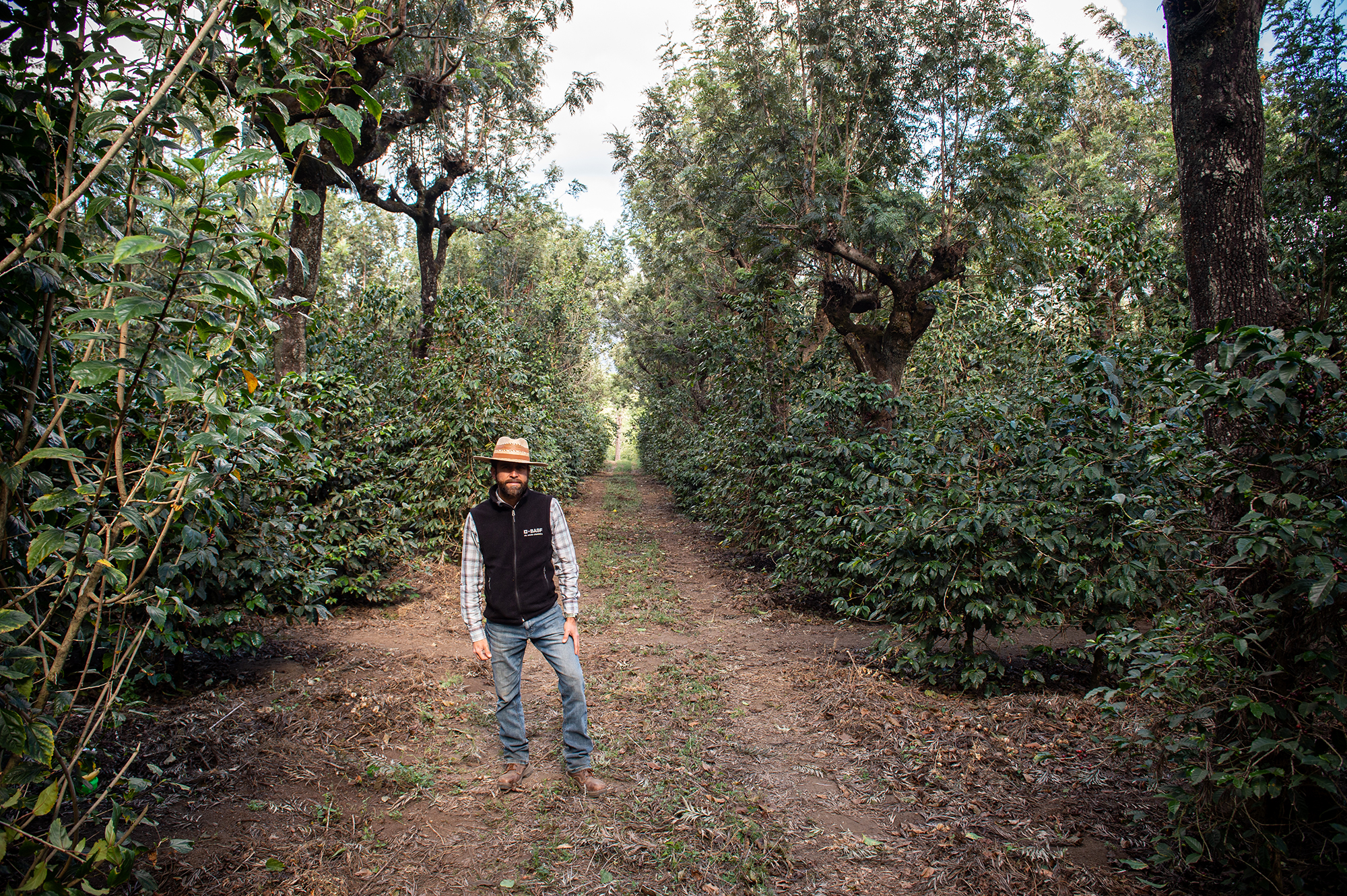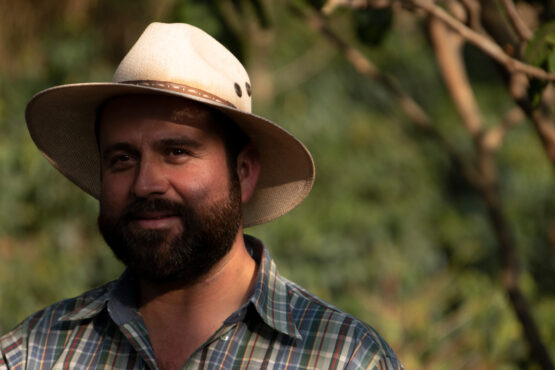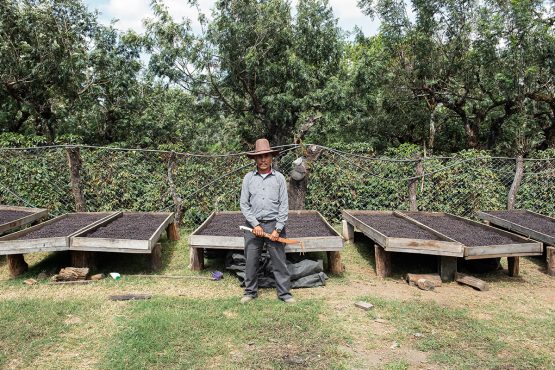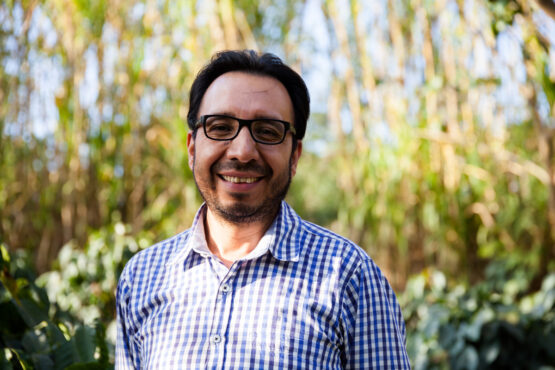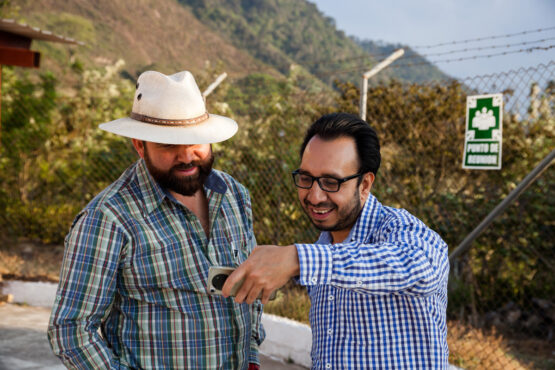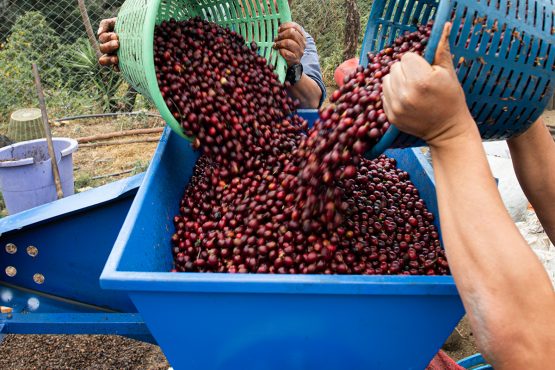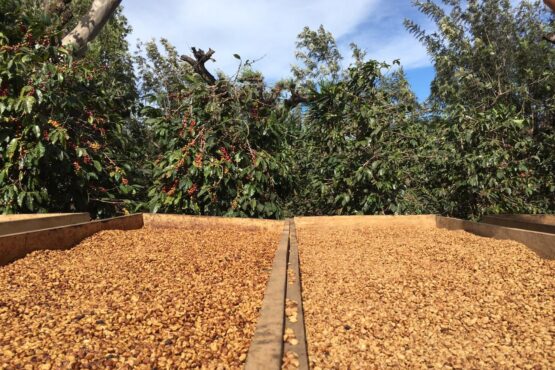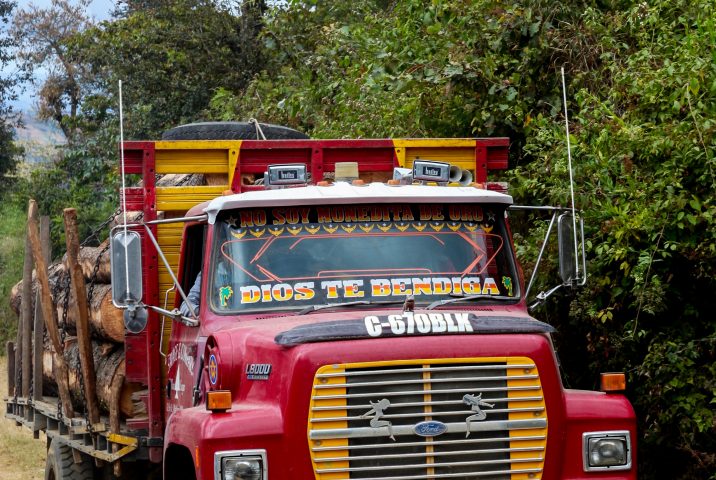La Esperanza Honey
Syrupy sweet, jammy and rich. Cherry, blackcurrant and dark chocolate, with jasmine and rose florals.
La Esperanza is owned by brothers Erick and German de La Roca Garavito and managed by Eulogio Miculax. The farm sits on the slopes of Volcan Acatenango in Guatemala’s growing region of Acatenango. The farm was originally part of a larger estate called ‘San Jose de La Nueva Esperanza’ which was established in 1950 by Federico Pérez.
In 1990, Hector de La Roca Pérez purchased 25 hectares of Federico’s land and called it La Esperanza. Hector introduced Caturra and Pache varieties to the 25-hectare farm and kept a small portion of the original Typica variety trees that Federico had planted on the farm as well. In 2007, La Esperanza was divided up and 12 hectares were given to Hector’s grandsons, German and Erick de la Roca.
ABOUT THE DE LA ROCA BROTHERS
Erick and German both work in coffee. Erick is an agronomist and manages a large 1,500-hectare farm in Fraijanes called Agua Tibia (which we have also sourced from!). German is a Q grader and works in Anacafé’s green coffee lab.
Since 2007, Erick and German have dedicated their weekends to renovating La Esperanza, implementing more formal and sustainable agricultural practices, with the goal of improving the quality and helping the farm realise its potential. Over this period they have replaced all the trees on the farm and planted new Caturra, Typica and Catuai variety trees. Today, the oldest trees on the farm were planted as recently as 2008, and the duo plan to renew the trees every 25 years.
Erick and German’s long term goal has always been to process their own coffee. For many years, like their relatives, they sold their coffee in cherry form, which meant they had little control of how the coffee was processed and all traceability was lost in the supply chain.
In 2019, this dream became a reality. With the encouragement and guidance from Eduardo Ambrocio (our export partner and former head of quality control at Anacafé), Erick and German began processing their coffee independently. They started with honey and natural processing methods, as these require minimum capital investment and require less water, which is limited at their farm. The results were exceptional, and in 2020 they built a small wet mill and also began processing washed coffee.
Some of the best results from La Esperanza to date have been from their honey processed coffees – they are complex and floral, with tropical sweetness and elevated fruit characteristics. We fell in love with this honey processed micro-lot, which was only 90kg in size.
ABOUT ACATENANGO
Located west of Antigua, beyond the Acatenango and Chi Q’aq’ (also known as Fuego) volcanoes is the Acatenango valley. Like Antigua, this distinct and special growing region has also been recognised with as an Anacafé Designation of Origin. Due to their proximity, the regions’ economies are linked, and many of Acatenango’s people work in or near Antigua in addition to farming coffee and other products closer to home.
The region benefits from frequent eruptions from the nearby Chi Q’aq’ Volcano, which keep the coarse, sandy soils full of minerals. Coffee here is grown under dense shade of Gravilea, Inga, and Guachipilín trees, at elevations of up to 2,000 meters above sea level – creating an incredibly biodiverse forest environment. Due to its location, Acatenango also experiences temperate gusts from the Pacific Ocean and a marked dry season. This allows for coffee to be fully sun-dried without much need of mechanical aids.
Both Acatenango and Antigua are the traditional land of the Kaqchikel people, who are descended from one of Guatemala’s largest Mayan kingdoms. Their ancient capital, Iximché, is located some 50km from the Antigua valley, and was considered one of the country’s most important cities before the Spanish invasion of Guatemala. The Kaqchikel are remarkable historians, and their oral and written traditions (compiled in The Annals of the Kaqchikel) have been an important resource in preserving the cultural heritage of many of Guatemala’s indigenous communities.
HOW THIS COFFEE WAS PROCESSED
During the harvest, the coffee is selectively hand-picked by a dedicated team of pickers. They make 3-4 passes during the season to ensure only the very ripest cherries are selected.
To produce the honey lots, the coffee is pulped by hand and then laid out on raised beds to dry in the sun and turned regularly to ensure it dries evenly.
WHY WE LOVE IT
Erick and German are so excited to finally be processing their own coffee and have full control over the quality of their coffee. It has bought them immense satisfaction and a good price, and is motivating them to resource the farm further. In the future, they are looking to invest in more technology and bigger and better infrastructure. We are thrilled to be working this dynamic duo and hope to share their coffee in Australia for many years to come.
